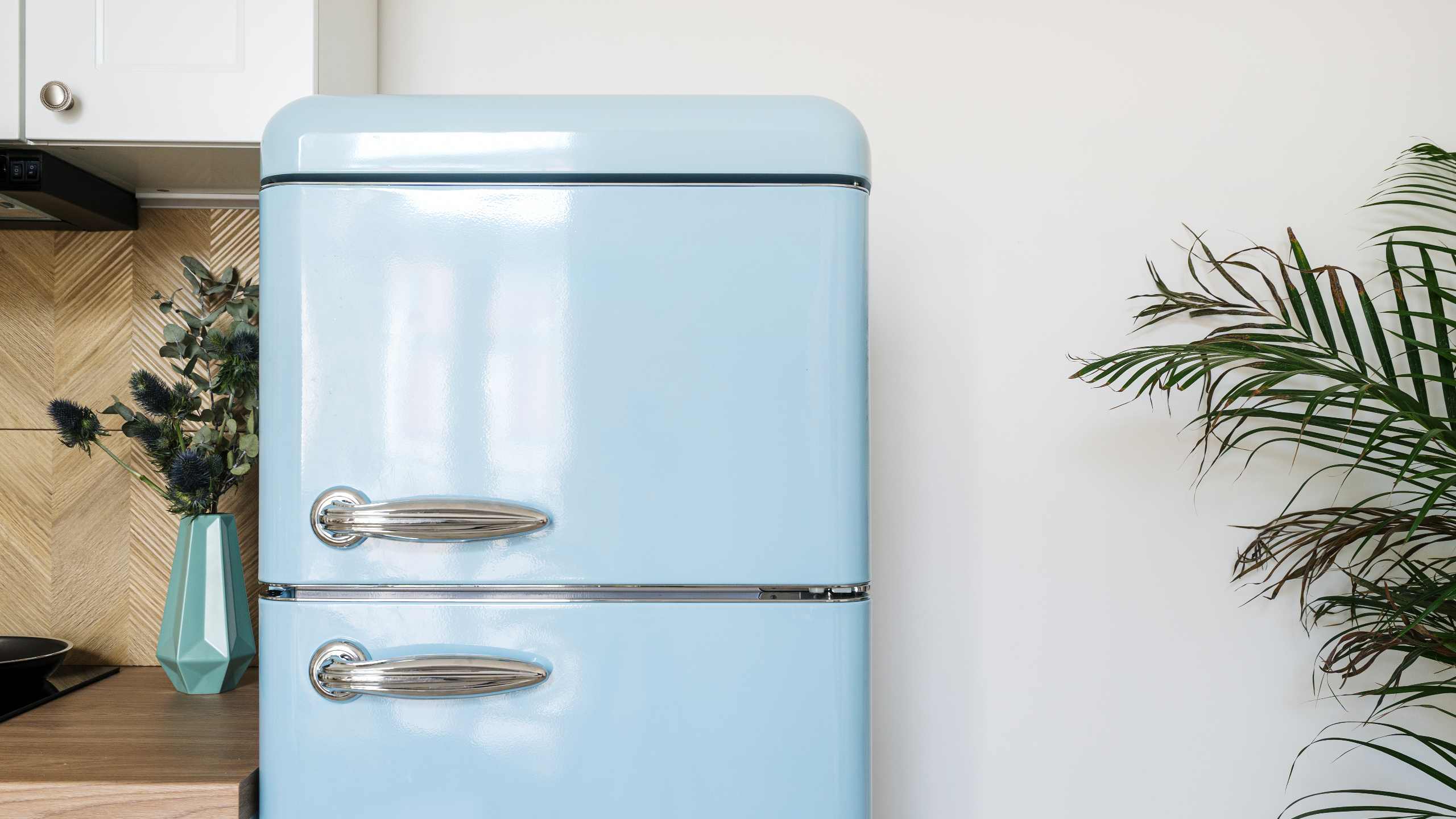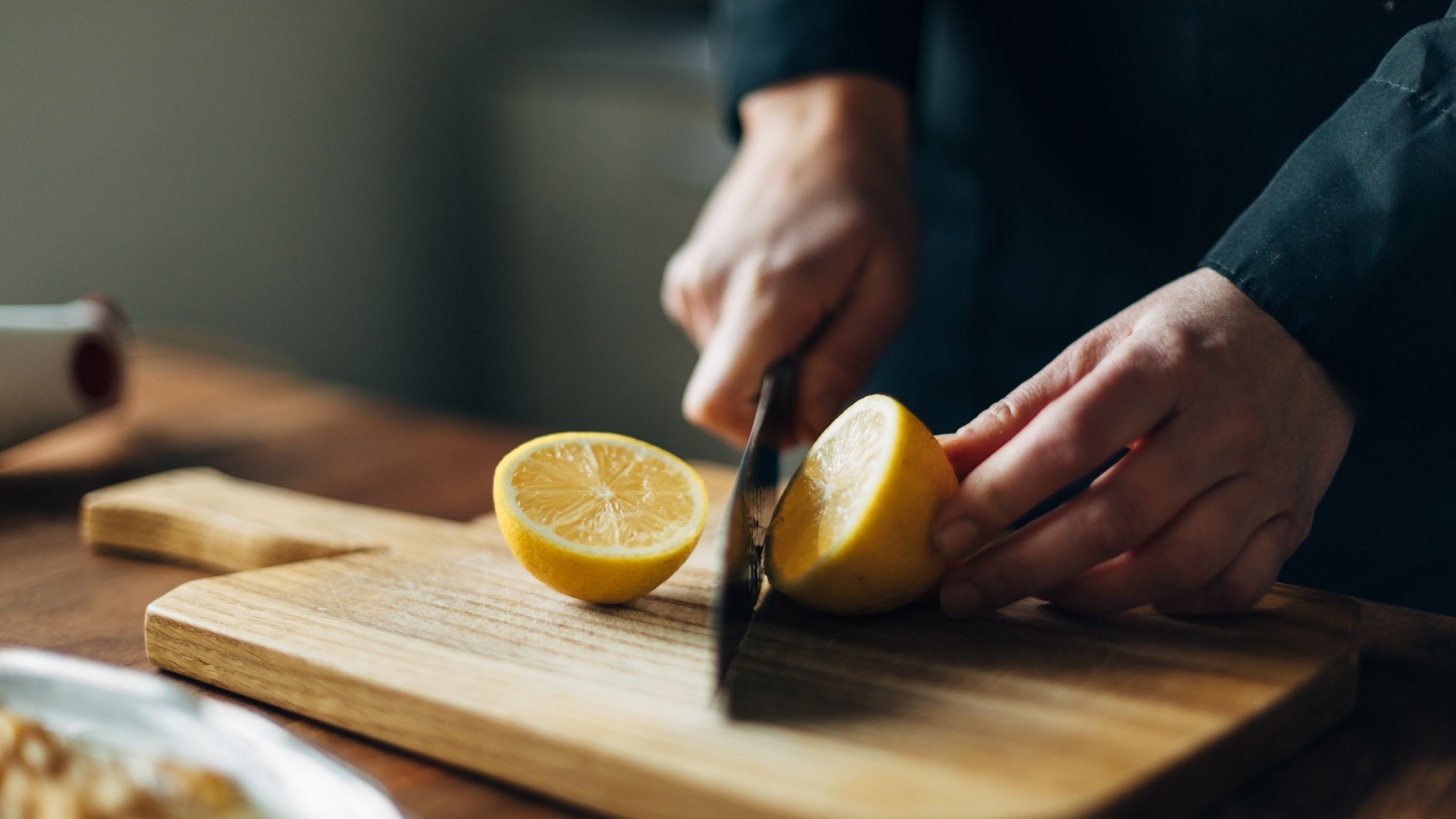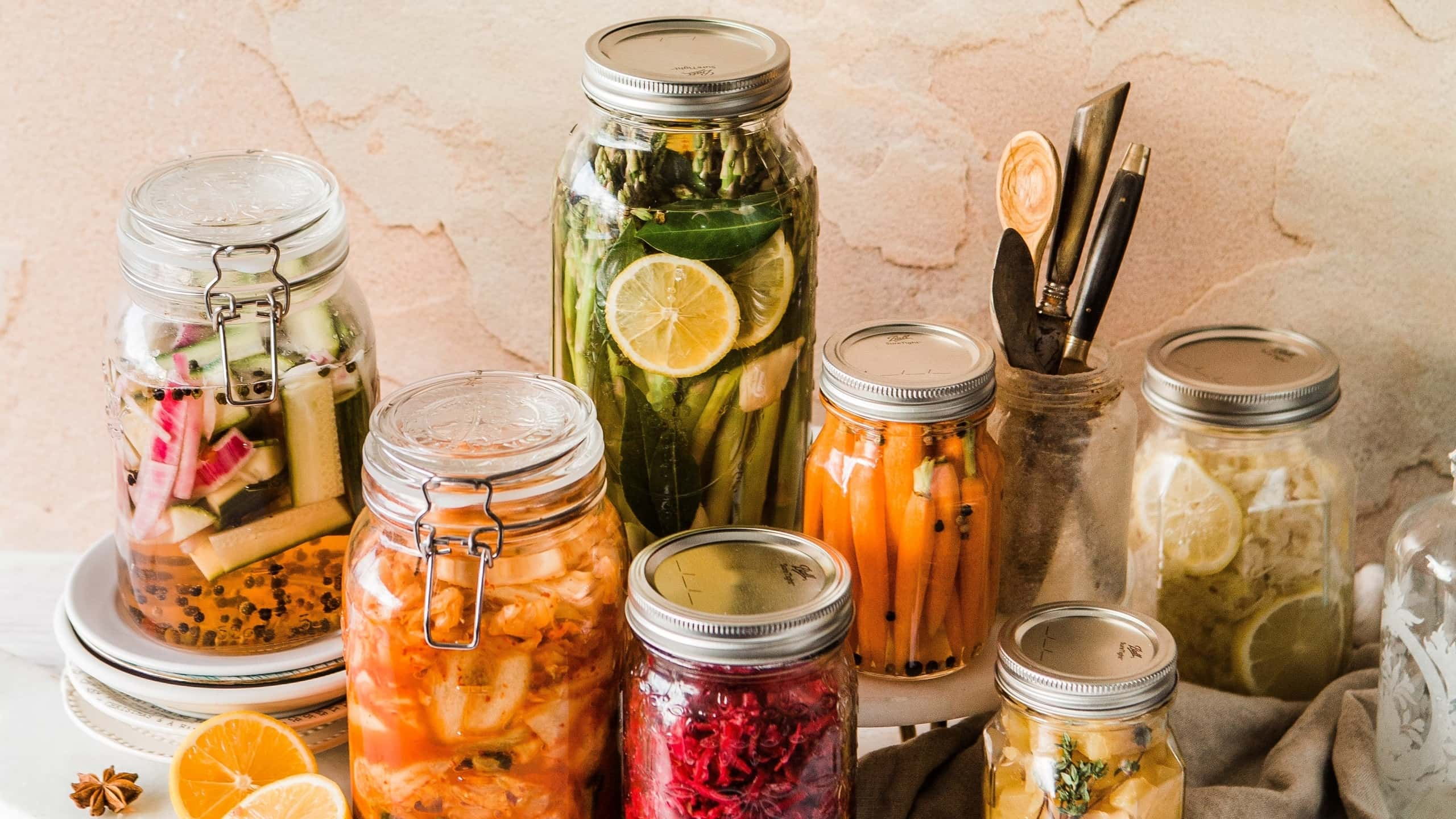Refrigerator, refrigerator, on the wall: who’s the best appliance of them all?
It is like a safe, but for your health. A refrigerator, fridge for short, holds (and preserves) precious things: the food that provides us energy and sustenance, every day. Other kitchen appliances are essential – the coffee maker for a morning (and so needed) brew, the hand mixer for the best chocolate cake, the blender for that smoothie that saves overly-ripe fruit from the bin. But our daily meals rely on the correct preservation of perishable foods, both in the refrigerator or the freezer, ensuring its quality, safety and durability.
Today, cold storage is the essence of food preservation. But did you know that there are methods to organise the food you keep in the fridge, keeping it fresh for longer and thus avoiding food waste?
A Marie Kondo-like fridge
When preserving food and fighting food waste, there are two steps to consider before even opening the refrigerator door. The first is zero waste shopping; the second is knowing how to decipher the dates on a food label.
The final step is to make sure you store your food the right way, be it in the fridge, freezer, larder, or cupboards, so that it lasts longer and maintains its quality and safety. But knowing how to organise your fridge has a few secrets. Let’s uncover them.
How to organise your fridge: 10 simple tips
-
Distribute food correctly
Temperature varies slightly throughout the fridge – each area has different characteristics and functions.
Top shelf
Here, the temperature is lower and more constant, ideal for perishable foods (with a shorter shelf life) and susceptible to temperature changes, such as yoghurt, cream, fresh milk, cheese, jams, soup and cooked meals.
Middle shelf
Adequate to store cold cuts, salads or sliced vegetables, open preserves (you should remove the product from the tin and store it in a closed box), eggs, desserts or milk.
Bottom shelf
Save the bottom shelf for raw meat and fish, so it does not drip onto other foods and contaminates them. Raw food should be kept at a “safe distance” from cooked food, to avoid cross-contamination.
Fridge door
Since this is usually the warmest part of your fridge, foods that do not quickly spoil such as juices, water, processed sauces (ketchup, mustard, etc.), margarine and butter, as well as other foods that have the indication “once opened, store in the fridge” should be stored here.
Bottom drawers
These are specifically designed to store fruits and vegetables.

Top shelf: coldest area, for the foods with the shortest shelf life; second shelf from top: intermediate temperature area; bottom shelf: raw or defrosting food should be kept away from cooked food to avoid cross-contamination; bottom drawers: store fruit and vegetables separately; door: warmest area, to store food that has a longer shelf life.
-
Apply FIFO/FEFO methods
FIFO is an acronym for “First In, First Out”. When arranging your fridge, place the products that came in first – such as vegetables or home-cooked meals – in front of those that came in last, to ensure they are the first to go. Say you have fresh cheese in the fridge and you buy more, put the newer package behind the older one and eat the older one first, as its shelf life is shorter. This is not always the case though: you can, for example, have yoghurts in the fridge and take advantage of a sale on yoghurts that are close to their expiration. In this case, use the FEFO method – “First Expired, First Out” – i.e. the product with a closer expiration date must be the first to leave the refrigerator.
-
Use transparent boxes
If you keep all your leftover food but tend to forget what’s in each container, use clear plastic or glass boxes. Who can resist the inviting look of one last piece of lasagna?
-
Label your food
Another trick to avoid the phenomenon of abandoned boxes in the fridge is to label them with the type of food and cooking date, to understand if it will still be safe to consume. Preferably, eat “leftovers” within 2 to 3 days. Use this tip in conjunction with the FIFO method.
-
Do not overfill
Overloading the refrigerator will prevent air from circulating and will cause moisture to be trapped in certain places, promoting mould.
-
Adjust the temperature
Keep temperatures between 0 °C and 5 °C, adjusting to the colder end of the spectrum during the summer and towards more intermediate values during the winter. Open refrigerator doors only if necessary and (properly) close them as soon as possible. If your fridge is organised and you know in advance what you need to take out, you will prevent the doors from being opened for too long, saving energy and money.
-
Let cooked food cool down before refrigerating it
Putting hot food in the fridge will increase the temperature and, consequently, impair the preservation of other products. Cooked food can be left at room temperature before being put in the fridge for around two hours.
-
Store lettuce, arugula, spinach with paper towels
To prevent wilting or rotting, store the leaves of these vegetables with absorbent paper in a sealed bag – the moisture will be absorbed by the paper, and you will have fresh, firm greens.
-
Store fresh mushrooms in a paper bag
When mushrooms are exposed to moisture, they start to darken and soften, and fungi can develop. To make them last longer, store them in a paper bag. Wash them just before cooking or wipe them with kitchen paper towels.
-
Put herbs in water
To prevent herbs, such as parsley or coriander, from wilting quickly, place them (in a bunch) in a glass of water, like a bouquet, and cover with a plastic bag without squeezing. You can also wrap them loosely in damp kitchen paper towels. If you have space on the top shelves, use them.
What if you have food and leftovers that you won’t be able to use before going bad? Use your good old freezer, another ally in the fight against waste.
Extra tip: create an inventory!
Each fridge tells a story, not only because of the food it houses, but because it can store other things, making it unique and personal: photos of special moments, messages and reminders of important dates and tasks.
Alongside these little “treasures”, we suggest that you have a magnetic notepad on your fridge and keep a written record of your inventory. This way, you will always know what food you have at home, avoiding food waste and increased supermarket expenses at the end of the month.



